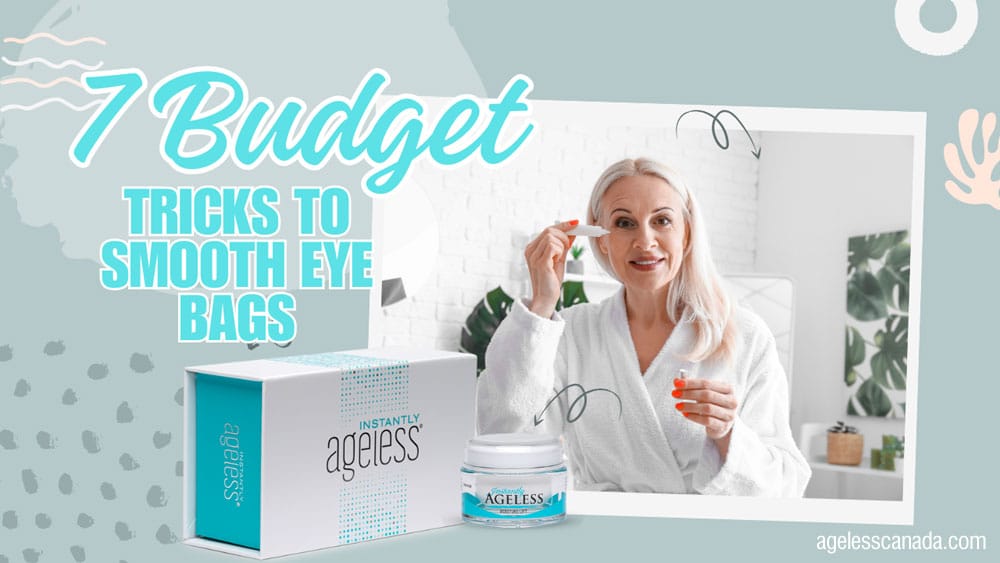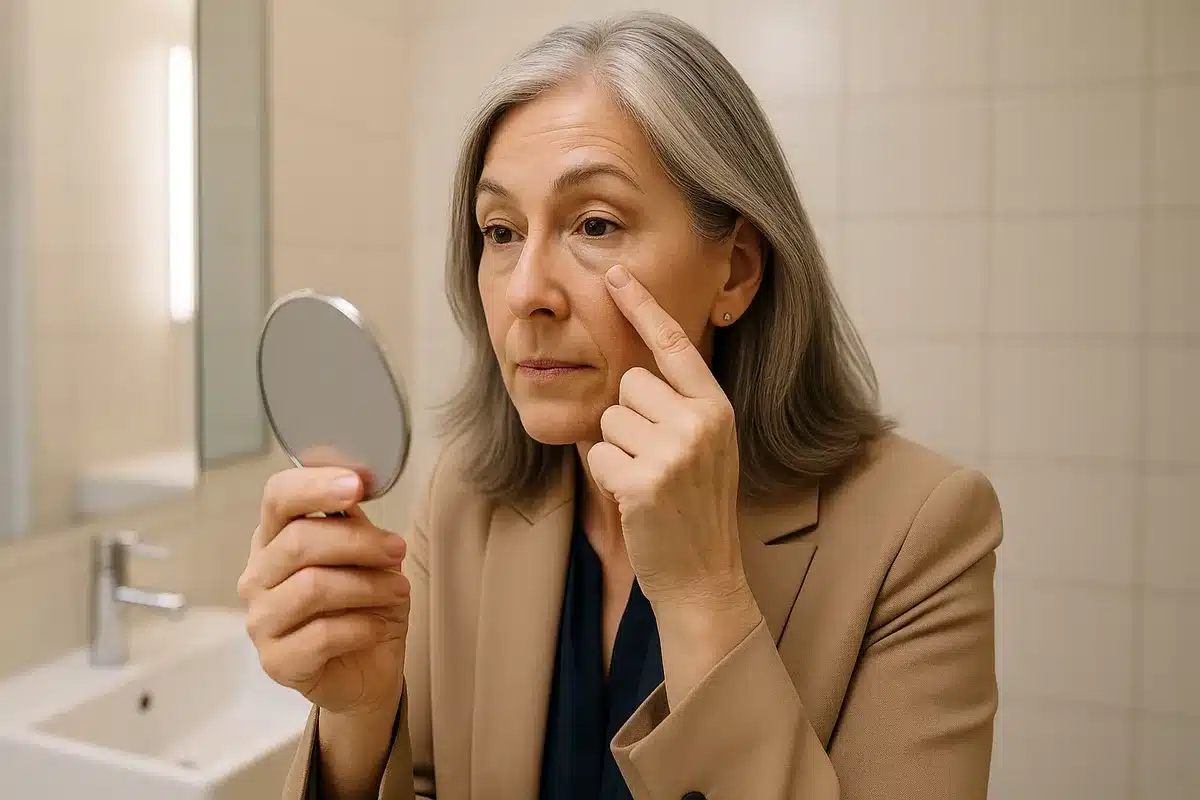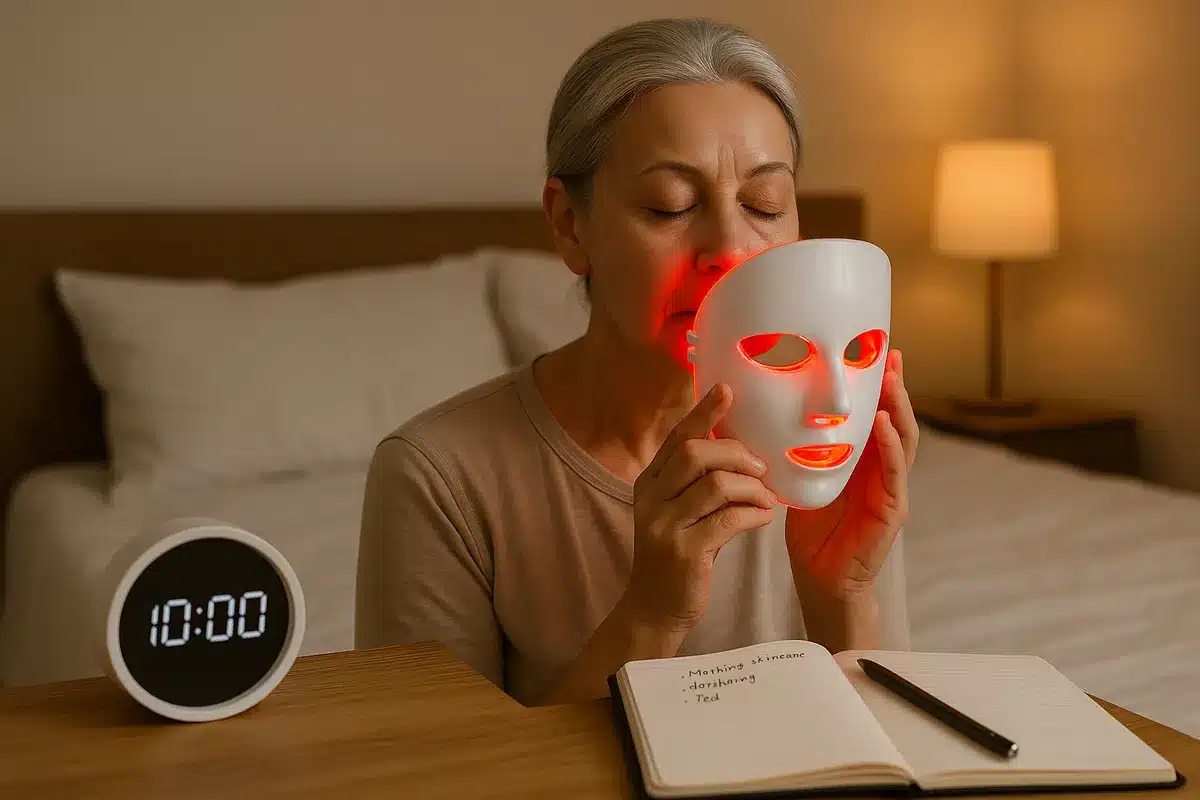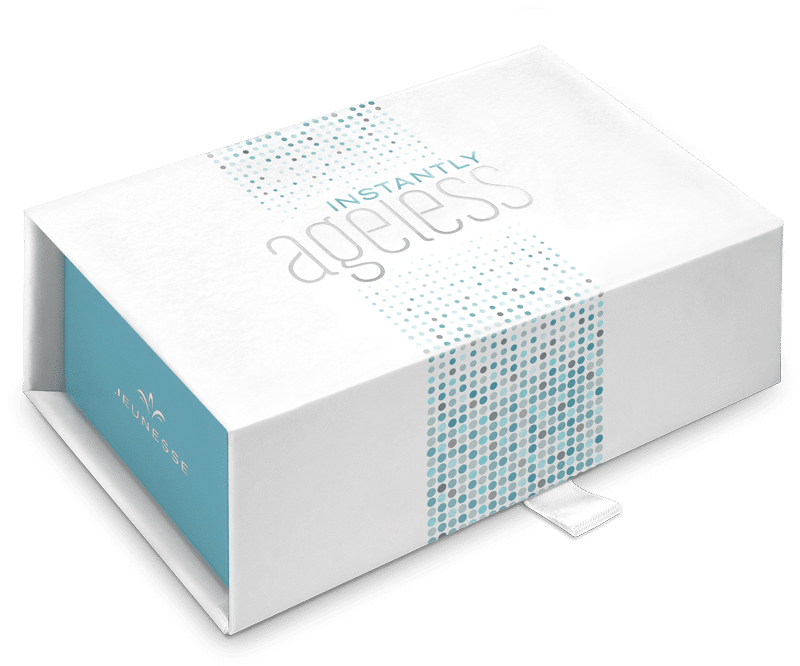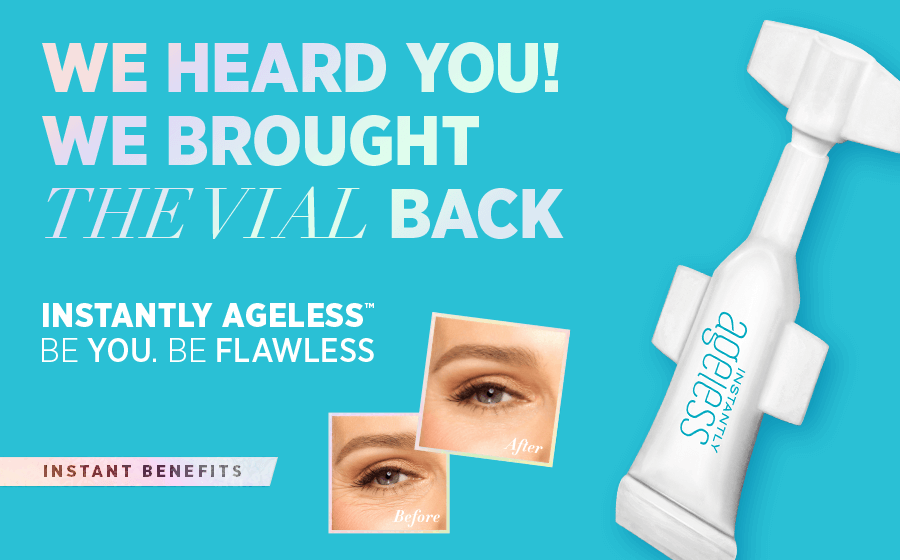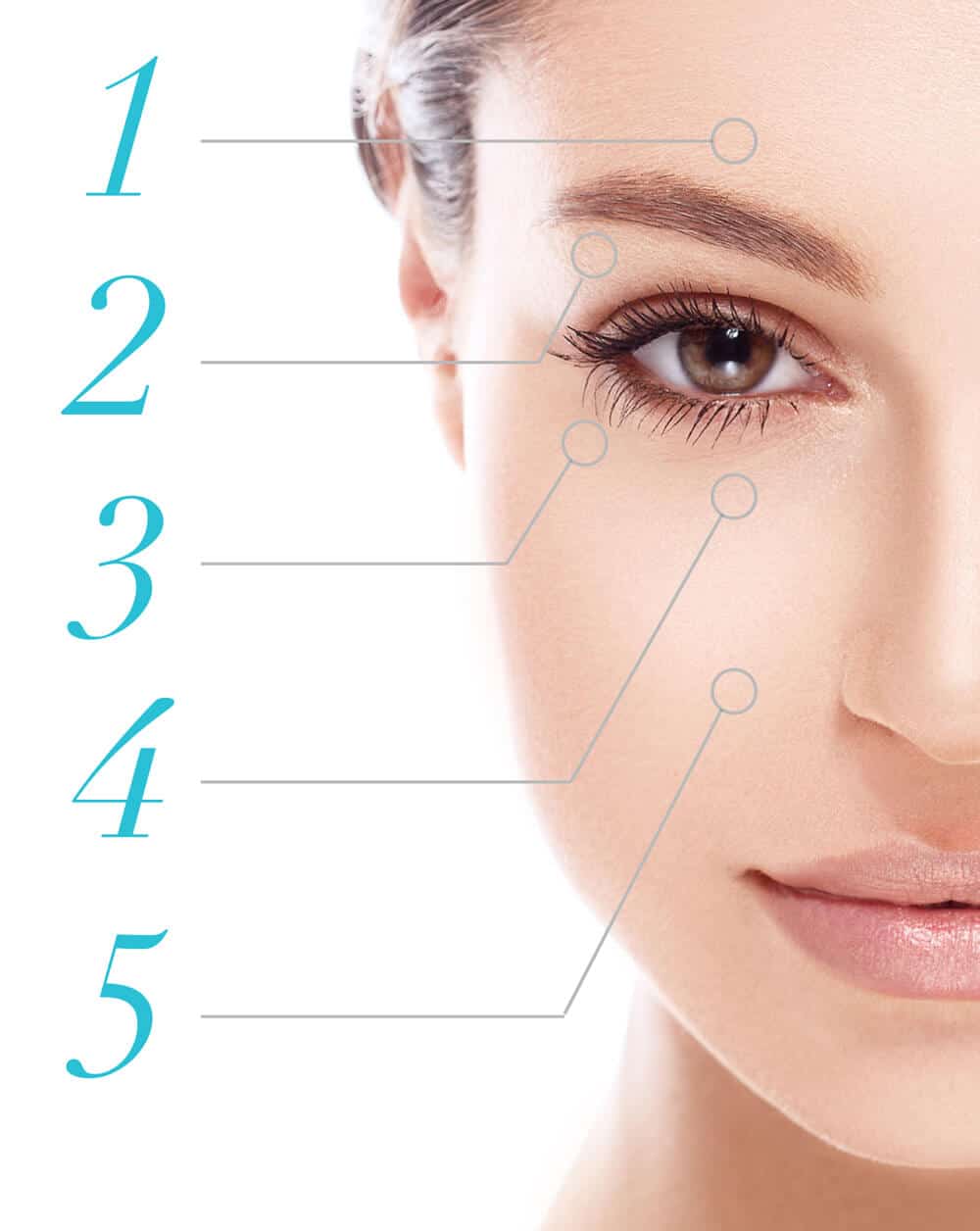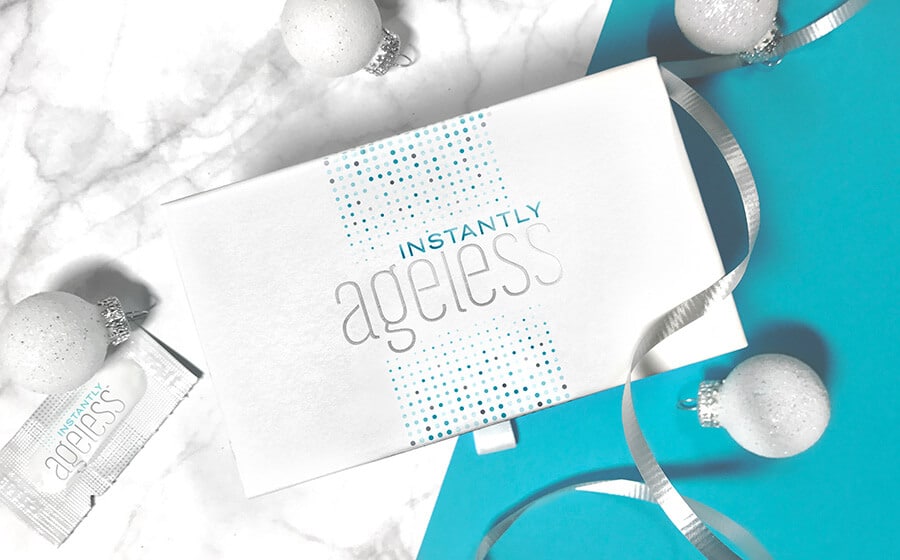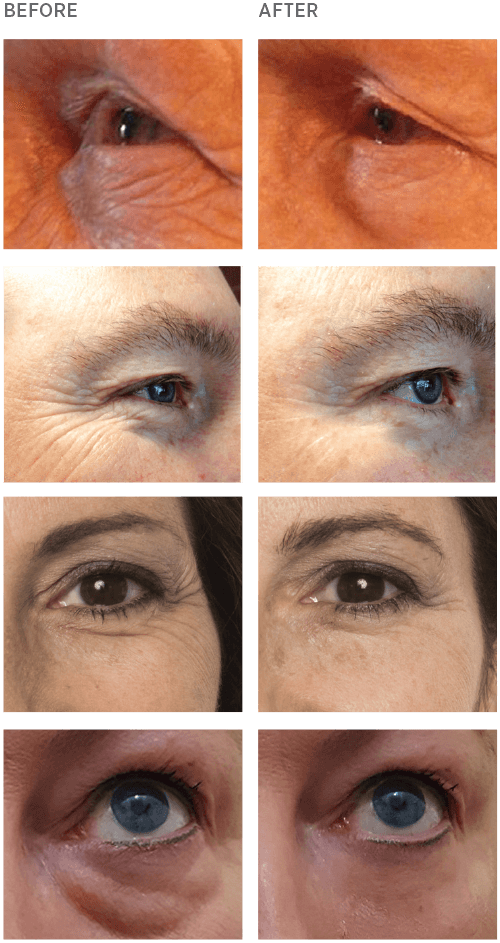Snag Instantly Ageless Black Friday Sale 2025 Deals Now
Why the Instantly Ageless Black Friday Sale 2025 Matters (Introduction)
A polished, camera-ready face in minutes is possible—and Black Friday makes it affordable. Shoppers are deal-driven this season, and discounts are expected to be aggressive, with Black Friday growth projected to outpace Cyber Monday. According to Adobe’s 2025 holiday forecast, retailers will push competitive price cuts across beauty and personal care, making it a prime time to pick up Instantly Ageless for end-of-year events.
Year-end calendars are packed—presentations, photos, reunions, and parties. Fast, non‑invasive touch‑ups help you look rested even when time is tight. This guide shows how to spot real savings, apply Instantly Ageless for big days, and build a simple event kit that holds up under bright lights and close-up lenses.
You’ll walk away with key dates, comparison tactics, step‑by‑step application tips, and a clear plan to avoid stockouts.
When Do the Instantly Ageless Black Friday Skincare Deals Start?
Black Friday lands on November 28, 2025—the day after Thanksgiving (Thursday, November 27). Many retailers preview discounts earlier in November, but door‑buster bundles often peak during Thanksgiving weekend. Instantly Ageless goes on Sale Nov 22 to Dec 1, 2025.
Plan your buys around that long weekend. Expect early online drops the week before, then wider rolls on Thanksgiving evening through Cyber Monday. Mark your calendar now and keep a shortlist of bundles you’ll pounce on.
If you need a date check, confirm Thanksgiving and Black Friday timing with timeanddate’s holiday calendar.
Best Instantly Ageless Black Friday Deals: What to Expect and How to Compare
The smartest metric is price per vial. Bundles vary (5, 10, 15, 20, 25 vials), so divide the total cost by the number of vials to compare apples to apples. Watch for add‑ons like cleanser or moisturizer; nice, but don’t overpay if you only need vials.
Expect “Buy More, Save More” tiers and limited‑run trial kits. Scan return windows and ship times so your order arrives before your event. Screenshot final pricing (tax, shipping) for a true comparison.
For proven comparison tactics—price history checks, alerts, and timing—see this practical guide from The Verge on Black Friday deal shopping.
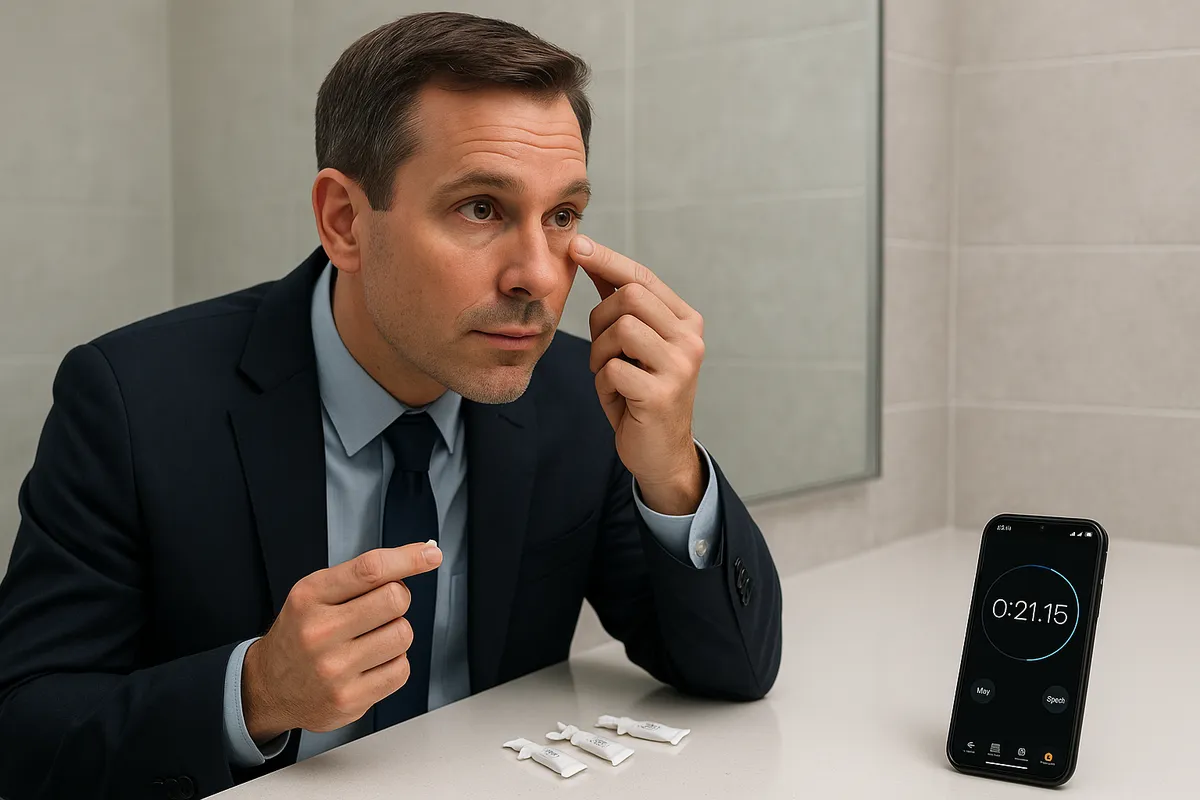
Instantly Ageless Discount Code 2025: Where to Find Verified Codes and Bundles
There is NO CODE required when you shop from the Official Authorized sites. Ageless Canada is an authorized rep for Instantly Ageless products and discounts will be applied at check out. We ship globally!
For safe‑shopping guidance and your digital‑security checklist, consult the FTC’s Shopping Consumer Advice.
How to Use Instantly Ageless for Events: Step-by-Step Prep for Photoshoots, Reunions, and Presentations
Less is more—apply a very thin layer. Cleanse, then use a light, water‑based moisturizer and let it absorb. Tap a rice‑grain amount over targeted areas (crow’s feet, under‑eye bags, forehead creases). Do not rub.
Stay still while it dries for 2–3 minutes; fanning speeds things up. Leave the surface 10% damp for best tightening. If you see white residue, you used too much—remove gently with a damp cotton swab and reapply sparingly.
For detailed brand directions—dry time, makeup compatibility, and water exposure—see the official Instantly Ageless FAQ.
Instantly Ageless Before-and-After Results: What’s Realistic in Minutes
Expect visible tightening in minutes and temporary results for a workday or evening. Many users see smoothing for roughly 6–8 hours, sometimes longer depending on skin type, application amount, and humidity.
Because the finish can be disrupted by water, sweat, or heavy oils, plan timing carefully. Apply last in skincare, then do makeup gently (tap—don’t drag) to keep the film intact.
Quick Wrinkle Reducer for Photoshoots: Pro Tips for Creases, Crow’s Feet, and Under-Eye Bags
Prep beats panic. If puffiness is fluid‑related, start with a cool compress for a few minutes, then apply a micro‑amount of Instantly Ageless. Keep expressionless while drying and avoid over‑layering.
Use sheer, hydrating concealer only where needed and skip heavy powders under eyes. If lines re‑emerge, press—don’t swipe—to refresh makeup without cracking the film.
For medical‑grade depuffing advice and when to consider in‑office options, see Mayo Clinic’s guidance on under‑eye bags: Mayo Clinic treatment overview.
Take advantage of the Instantly Ageless Black Friday Sale so you can look your best this holiday season! Makes an amazing Christmas gift too, for men and women!
Event-Ready Routine: Pairing Instantly Ageless with Primer, Concealer, and Setting Spray
Choose a hydrating, non‑oily primer and a lightweight base. After Instantly Ageless sets, press in thin layers of complexion products. Focus coverage in the center of the face and keep under‑eye product minimal.
Lock things in with a fine mist setting spray. Avoid rich eye creams and oil-based formulas where you applied the micro‑cream—they can break the film and cause pilling.
For mature‑skin application tips that photograph well, see AARP’s artist‑tested recommendations: Game‑Changing Makeup Tips for Older Women.
For longevity guidance straight from the brand, review “How long does it last?” on the official site: Instantly Ageless—duration overview.
Buying Guide: Official Retailers, Ageless Canada Sale Notes, and Return Policies
Shop official or authorized sellers to avoid counterfeits. The official site often lists bundles and return terms; some regional distributors (like Canada) run localized promos. Compare shipping speeds and restock cycles if you’re event‑bound.
Check the return window before you open multiple vials. Keep boxes and receipts until you’ve tested a sachet on a quiet day. Most policies require an RPA or order number for returns.
Review a current return policy example here: Instantly Ageless—Shipping & Returns.
Instantly Ageless Sale Alerts: How to Track Price Drops and Avoid Stockouts
Automate your watchlist. Create deal alerts for “Instantly Ageless” and your preferred bundle size. Set a threshold that matches your ideal price per vial, then watch email or push notifications.
Alerts help you buy the moment stock lands instead of refreshing pages. Keep a backup retailer in your list to reduce the risk of missing your event window.
Step‑by‑step alert setup is outlined here: How to Set a Deal Alert on Slickdeals.
Gifting Guide: Who to Buy For and How to Build a Holiday-Ready Kit
Gifts that get used win. Create simple “photo day kits” for partners, parents, and hosts: a few vials, oil‑free concealer, a mini primer, and setting spray. Add a note card with quick directions.
When gifting cosmetics, prioritize safety. Buy from trusted sellers and include a friendly reminder to patch‑test. If someone has very sensitive skin, let them test on the jawline first.
For practical safety tips on buying and using cosmetics, see the FDA’s guide: Using Cosmetics Safely.
FAQs: Instantly Ageless Black Friday Sale, Safety, Longevity, and Skin Types
Will the Instantly Agless Black Friday Sale 2025 start before Thanksgiving? Many retailers preview cosmetic deals earlier in November, but the biggest traffic and deepest bundles usually land over Thanksgiving weekend. Check weekly in mid‑November and monitor alerts Friday through Monday for the best odds. For broader 2025 holiday shopping patterns, review NRF’s holiday data and trends.
How long do results last for an event? Most users report a smoother look for about 6–8 hours. Apply a thin layer, let it fully set, and avoid heavy oils where you placed it.
Is it safe for sensitive skin? It’s a cosmetic product used topically. Patch‑test first, and discontinue if you notice redness or stinging. If you have active irritation, wait until it clears before testing.
Can I wear it under makeup for photos? Yes—after it dries. Use light layers, press don’t drag, and finish with a fine mist setting spray. Skip rich eye creams on areas you treated.
Shop Instantly Ageless Black Friday Sale Now: Your Next Steps to Look Polished Fast (Conclusion)
You only need two things to win Black Friday beauty: a target price per vial and a timed plan. Identify your bundle, set an alert, and buy when the math checks out—well before your big day.
Keep application simple: thin layer, still face, let it set, and use lightweight makeup on top. That routine delivers reliable, photo‑safe results in minutes.
The 2025 season will be highly promotional—so prepare, then act decisively when your price hits. For a quick pulse on shopper behavior and expected spend, see the latest from the NRF: 2025 holiday survey highlights.



